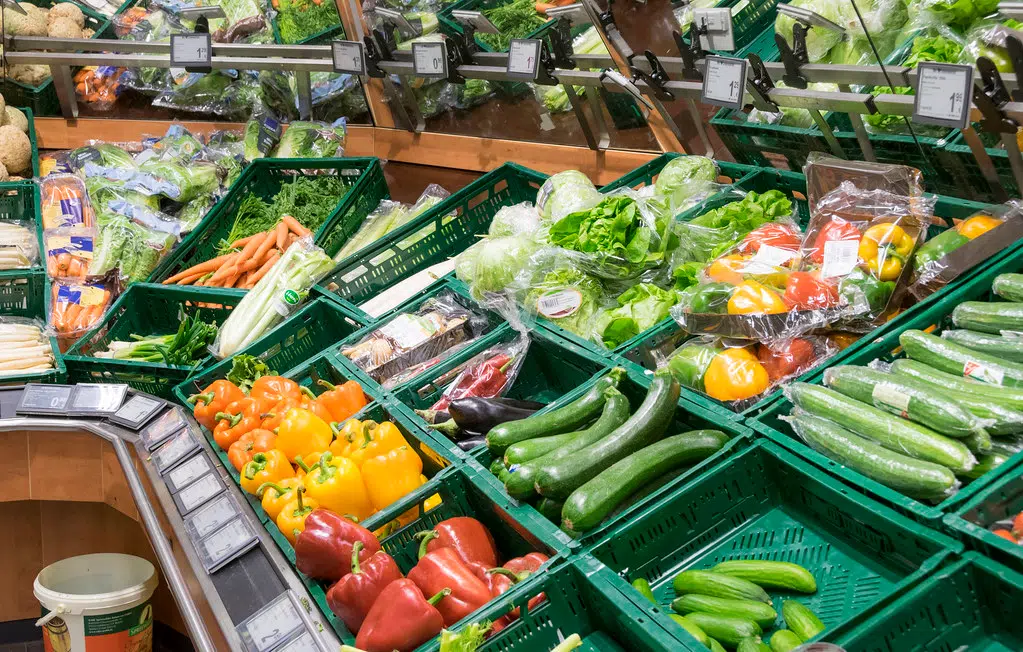Canada’s inflation rate hit a new three-decade high of 6.8 per cent in April, up slightly from 6.7 per cent recorded a month earlier.
Statistics Canada said Wednesday that the year-over-year increase was largely driven by food and shelter prices.
“Gas prices increased at a slower pace in April compared with March, moderating the acceleration of the all-items Consumer Price Index (CPI) in April,” the agency said.
The price of groceries climbed by 9.7 per cent in April, the largest year-over-year increase since September 1981.
Basics, such as fresh fruit, fresh vegetables and meat, were all more expensive in April compared with a year earlier.
Prices for starchy foods such as bread, pasta, rice and cereal products also increased, along with the price of your cup of coffee.
Statistics Canada said the recent period of higher food prices has happened as numerous events continue to fuel higher prices.
“With both countries being major wheat exporters, Russia’s invasion of Ukraine in late February put upward price pressure on food products that use wheat. Poor weather in growing regions has also impacted prices for food,” said the agency.
“Additionally, higher prices for inputs such as fertilizer and natural gas continued to increase the cost of production for farmers, who have passed some of these costs on to consumers.”
Shelter costs rose by 7.4 per cent year over year in April, the fastest pace since June 1983.
Higher prices for energy sources used to heat homes, such as natural gas and fuel oil and other fuels, contributed to the increase.
Gasoline prices were up by 36.3 per cent year over year in April, but fell slightly on a month-to-month basis compared to March.
From a province-to-province comparison, Prince Edward Island saw the highest inflation rate at 8.9 per cent, followed by New Brunswick (7.6 per cent), Manitoba (7.5 per cent), Nova Scotia, (7.1 per cent) and Ontario (6.9 per cent).
Quebec (6.8 per cent), British Columbia (6.7 per cent), Newfoundland and Labrador (6.6 per cent), Alberta (6.3 per cent) and Saskatchewan (5.9 per cent) all saw their inflation rates fall below the national average.
You can find the latest inflation report from Statistics Canada by clicking here.




